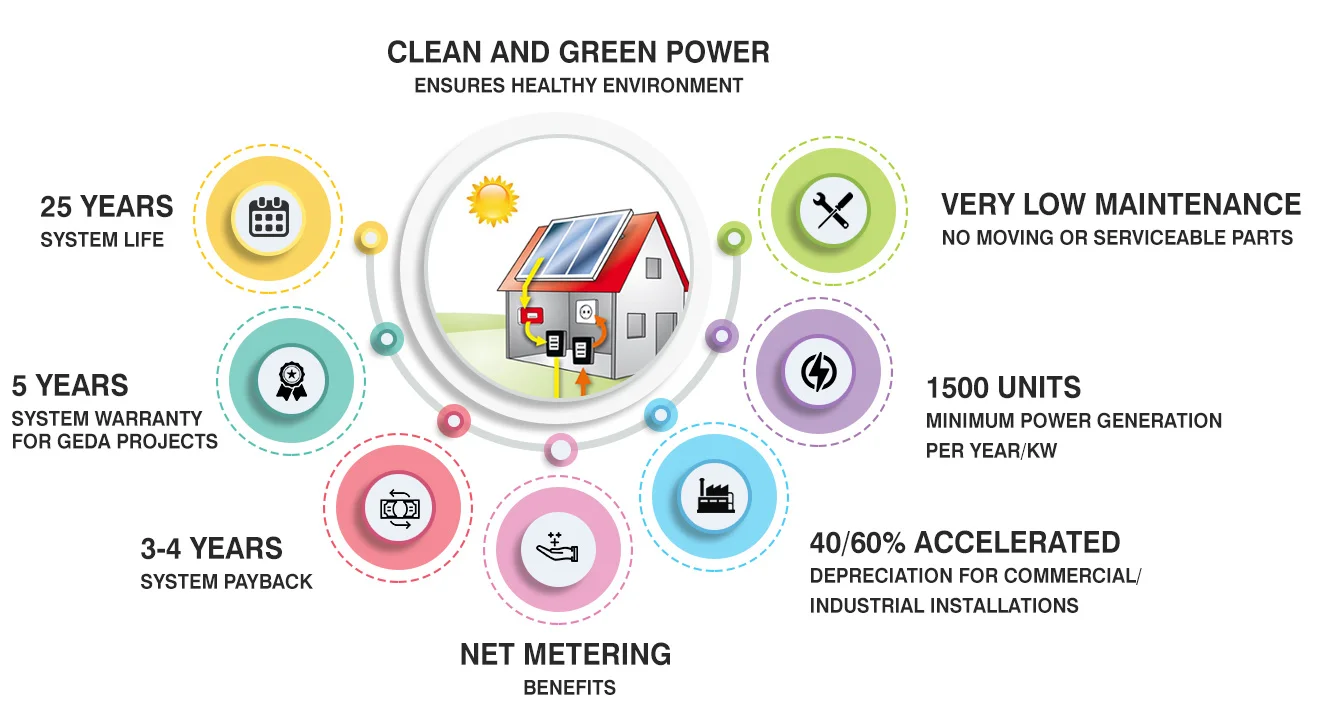
Navigating the Path to Sustainable Home Electricity
As the world becomes increasingly aware of the environmental impact of traditional energy sources, the spotlight is on sustainable home electricity. This article explores the various facets of sustainable energy solutions for homes, from renewable sources to energy-efficient practices, aiming to empower homeowners to make informed choices for a greener future.
Renewable Energy at Home: Embracing Solar Power
One of the primary pillars of sustainable home electricity is harnessing energy from renewable sources, with solar power leading the way. Installing solar panels on rooftops allows homeowners to capture the abundant energy of the sun and convert it into electricity. This clean and renewable energy source significantly reduces reliance on non-renewable resources and lowers carbon footprints.
Wind Turbines for Residential Energy Independence
In addition to solar power, wind turbines are gaining popularity as a sustainable home electricity solution. While traditionally associated with large wind farms, smaller-scale wind turbines designed for residential use are now available. Harnessing the power of the wind provides homeowners with a continuous and eco-friendly source of electricity, contributing to energy independence.
Hydroelectric Systems for Sustainable Power Generation
For homes near water sources, hydroelectric systems offer a sustainable means of power generation. These systems convert the energy from flowing water into electricity, providing a reliable and continuous source. While large-scale hydroelectric dams are well-known, smaller-scale systems can be implemented for sustainable home electricity, especially in areas with suitable water resources.
Geothermal Heating and Cooling Solutions
Beyond electricity generation, sustainable home practices also involve geothermal solutions for heating and cooling. Geothermal systems tap into the Earth’s natural heat reservoir to regulate indoor temperatures efficiently. By utilizing the stable temperature of the ground, these systems contribute to sustainable and energy-efficient home living.
Energy-Efficient Appliances and Practices
A holistic approach to sustainable home electricity includes a focus on energy efficiency within the home. Upgrading to energy-efficient appliances, optimizing lighting systems, and adopting smart home technologies contribute to minimizing energy consumption. These practices not only reduce electricity bills but also align with a commitment to sustainable living.
Investing in Energy Storage Solutions
Energy storage solutions play a vital role in sustainable home electricity systems. Batteries and other storage technologies allow homeowners to store excess energy generated during peak sunlight or windy periods for use during less productive times. This stored energy enhances the reliability and consistency of sustainable power sources.
Government Incentives and Policies for Homeowners
Governments worldwide recognize the importance of transitioning to sustainable energy sources. To encourage homeowners to adopt sustainable home electricity solutions, many governments offer incentives and policies. These may include tax credits, rebates, and favorable financing options, making the initial investment in renewable energy more accessible for a broader audience.
Educational Outreach for Sustainable Living
The transition to sustainable home electricity requires an informed and engaged community. Educational outreach programs can empower homeowners with knowledge about the benefits of renewable energy, energy-efficient practices, and available government incentives. Public awareness plays a crucial role in fostering a widespread commitment to sustainable living.
Building a Greener Future, One Home at a Time
In conclusion, sustainable home electricity is not just a technological advancement but a conscious choice towards building a greener and more sustainable future. By harnessing renewable energy sources, adopting energy-efficient practices, and staying informed about available incentives, homeowners can play a significant role in reducing their environmental impact and contributing to a cleaner planet.
To learn more about sustainable home electricity and explore available solutions, visit Sustainable Home Electricity.


